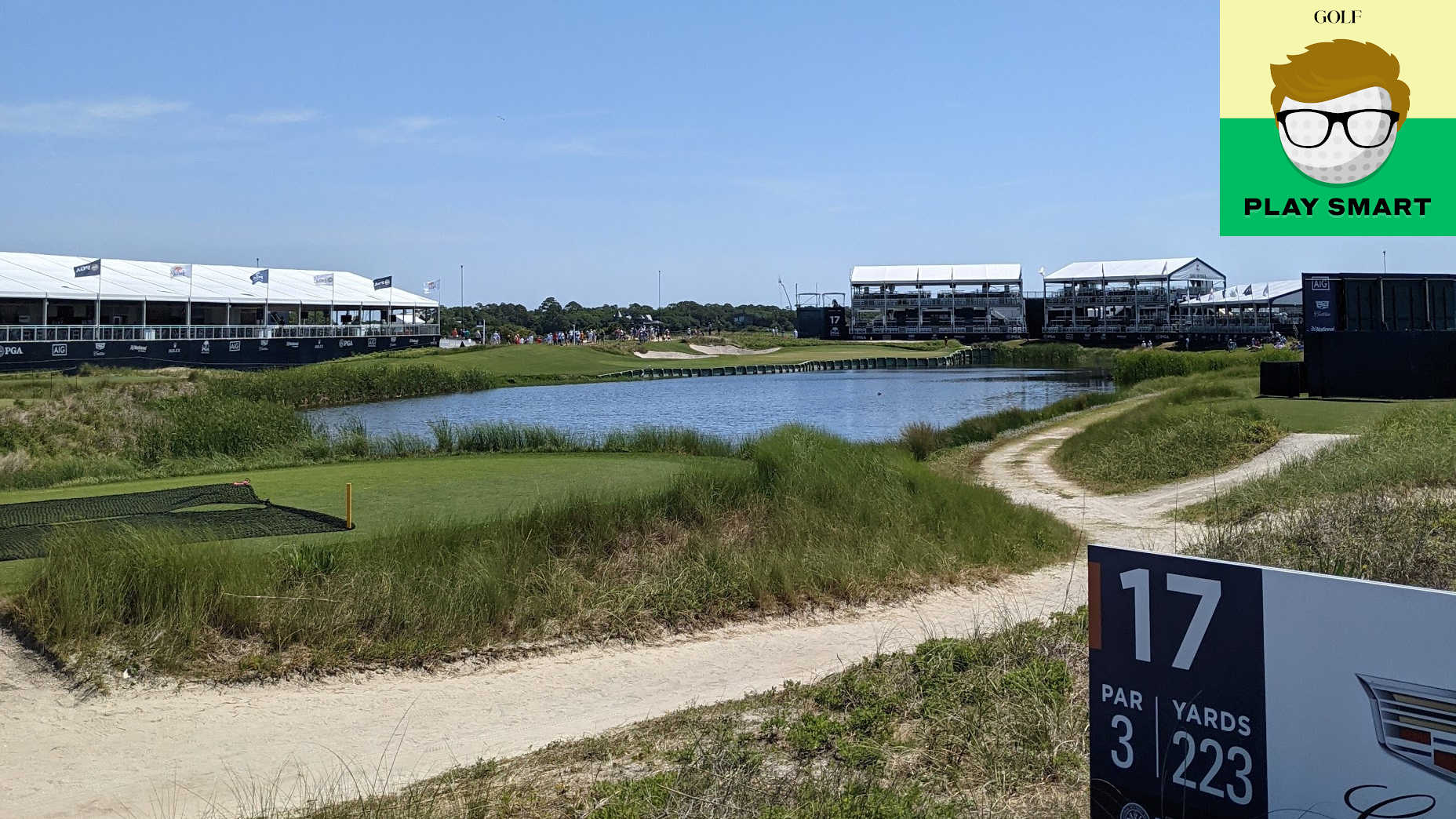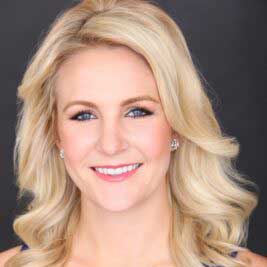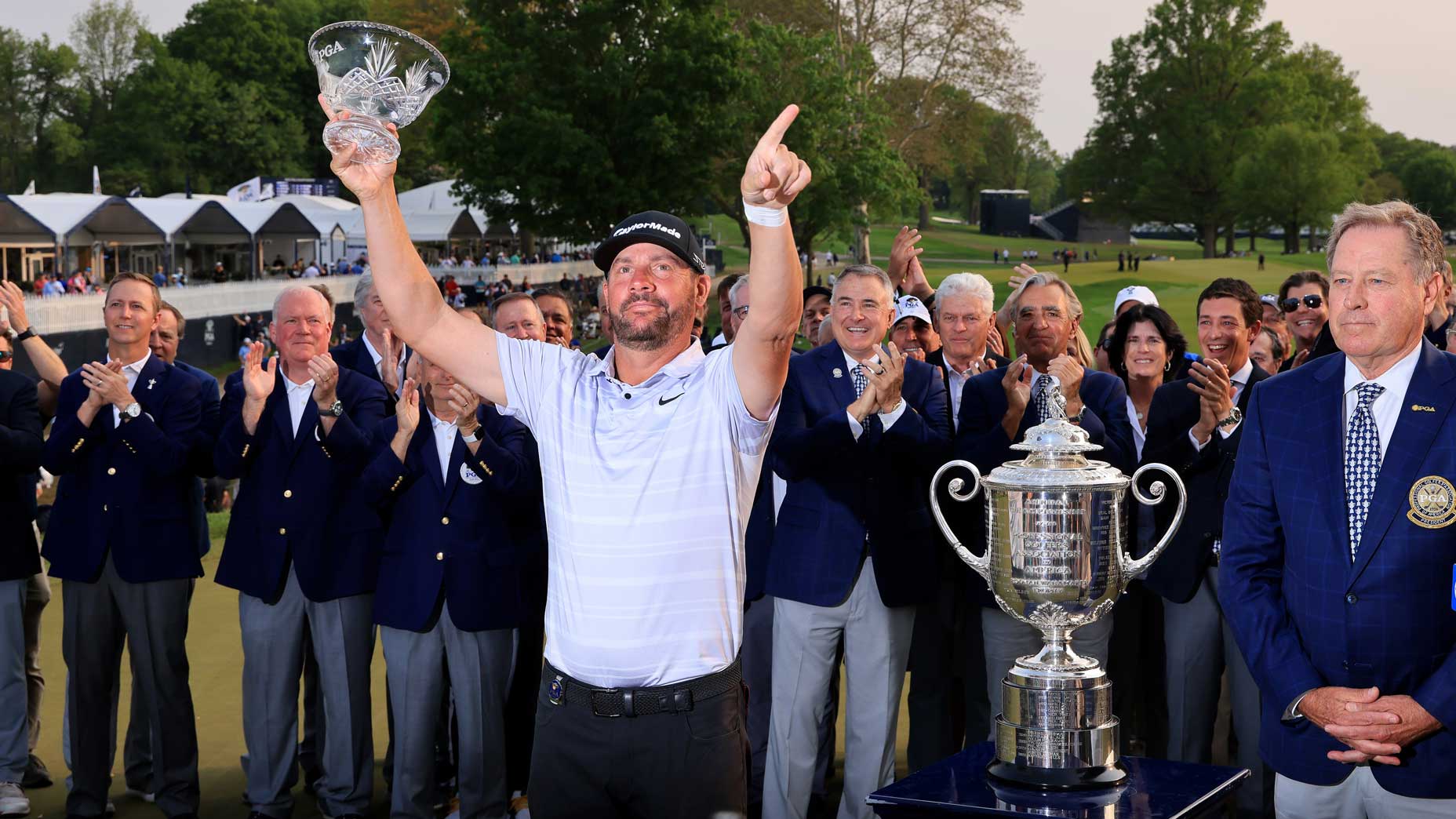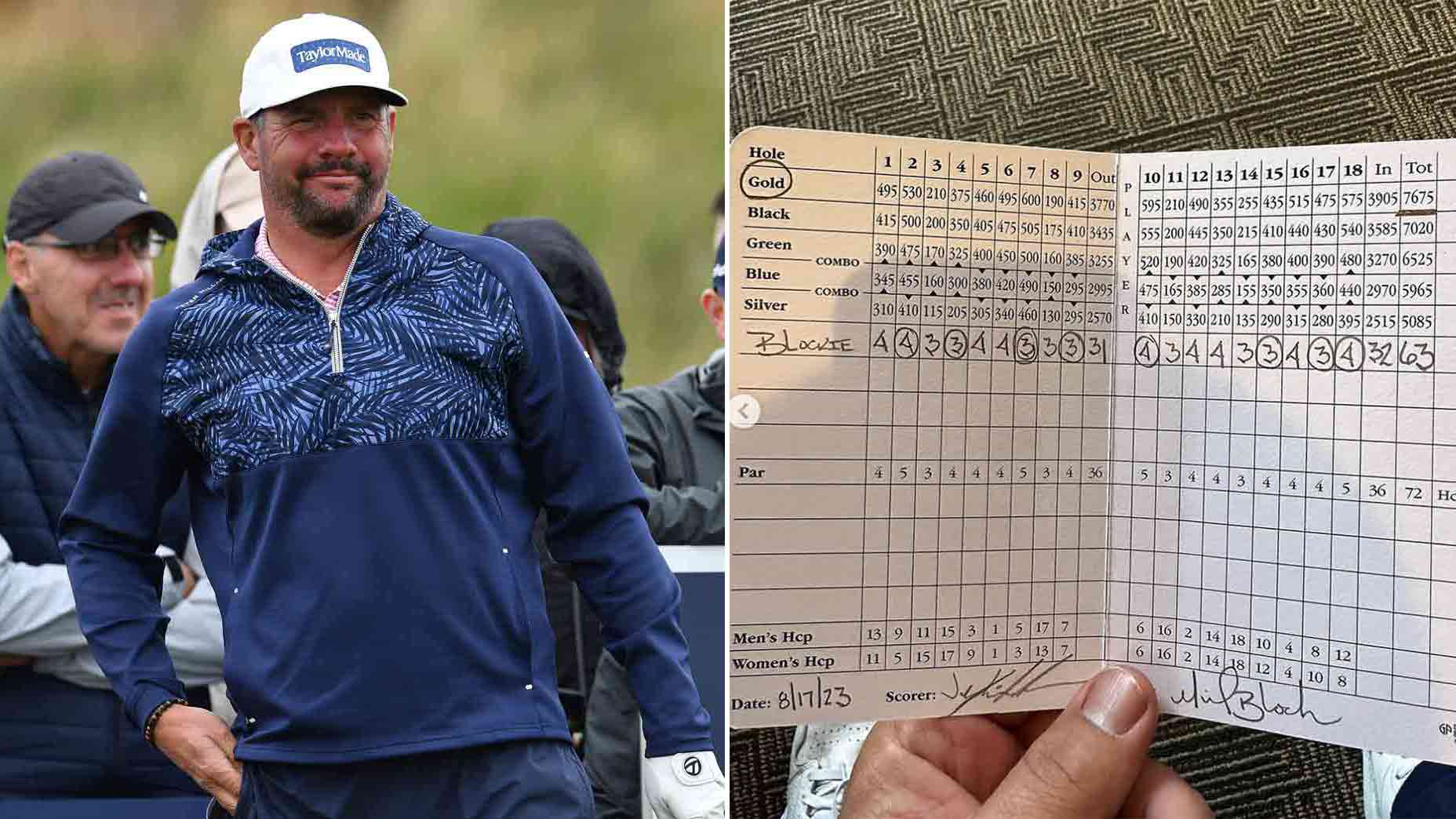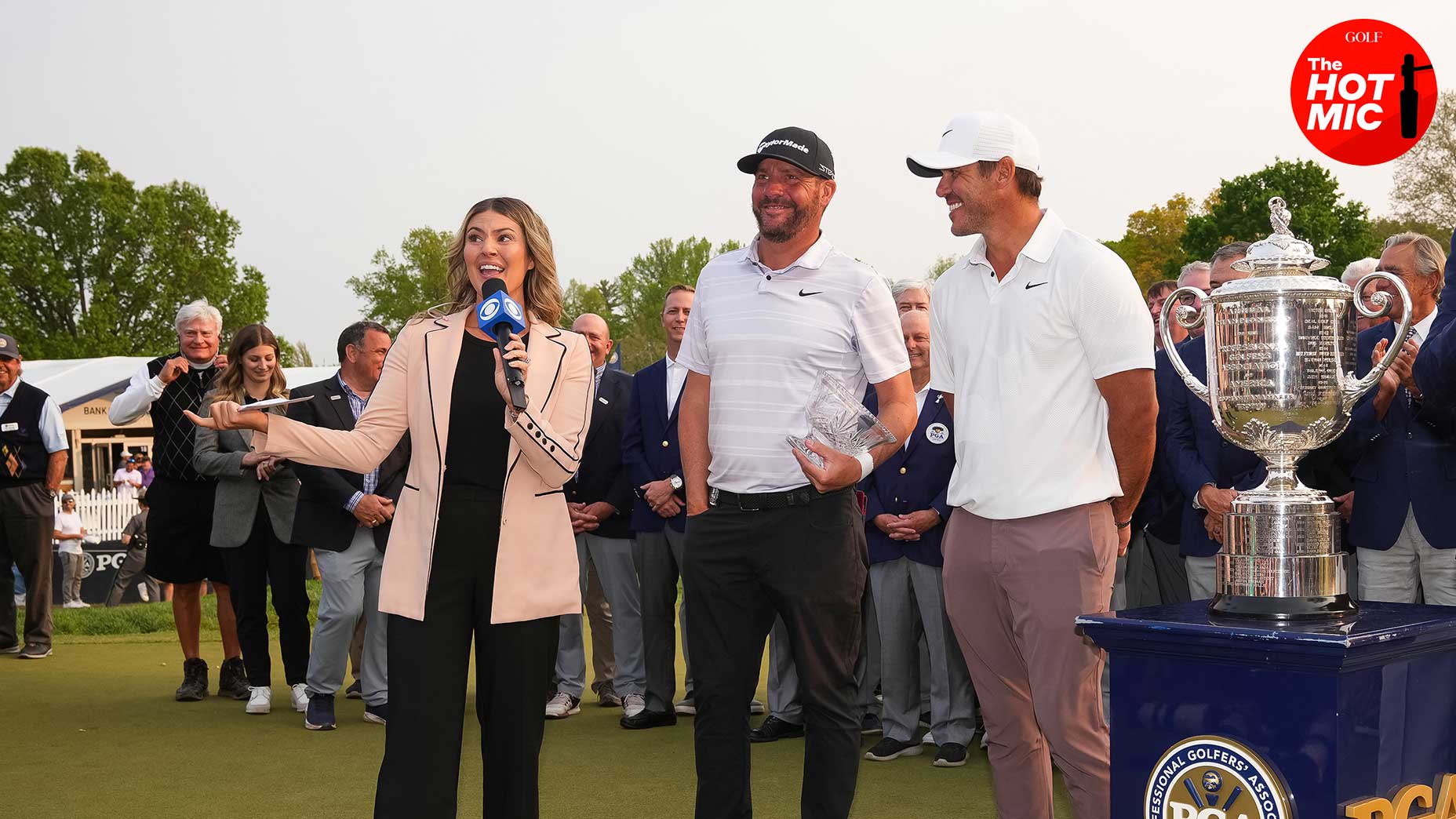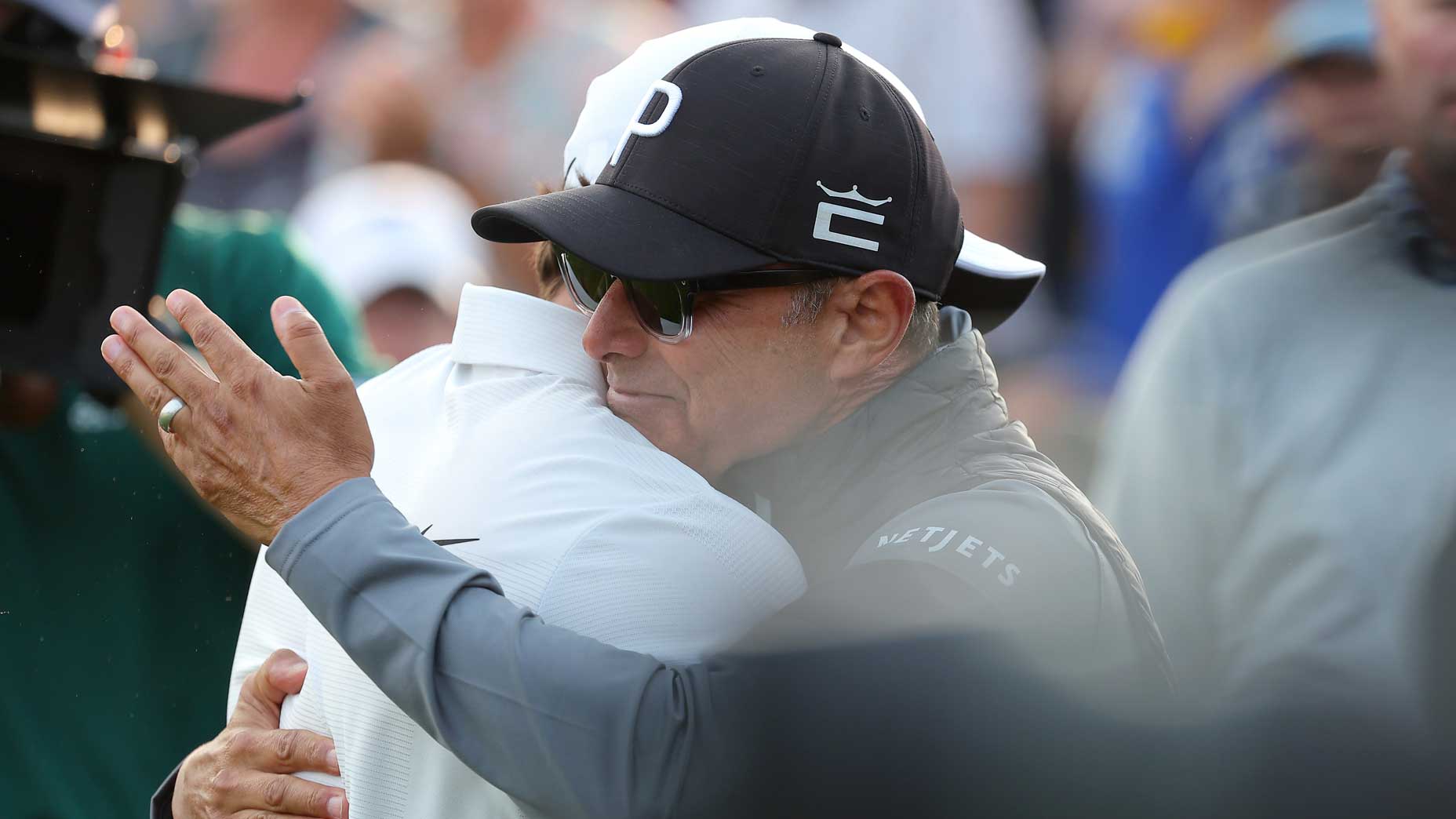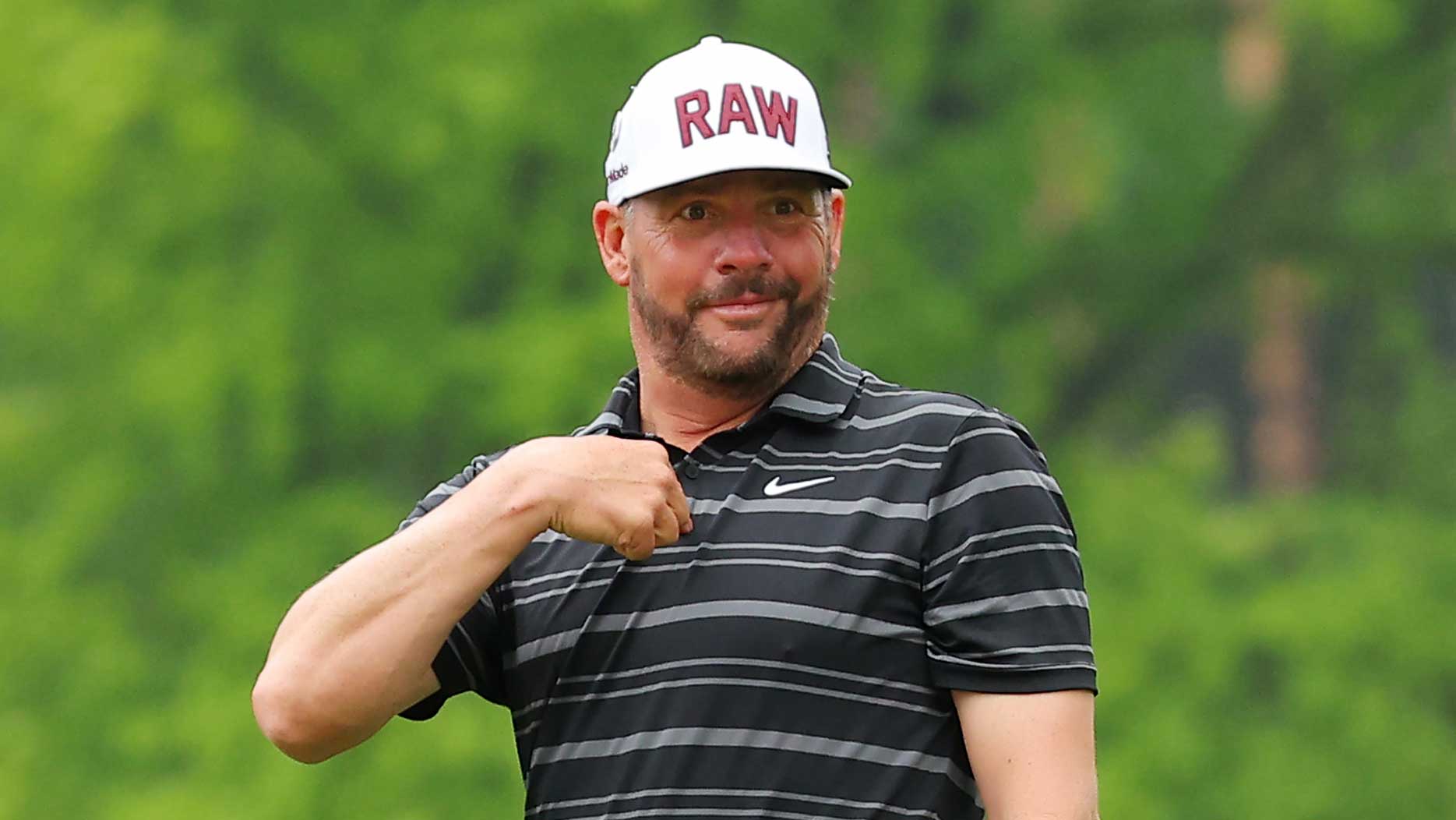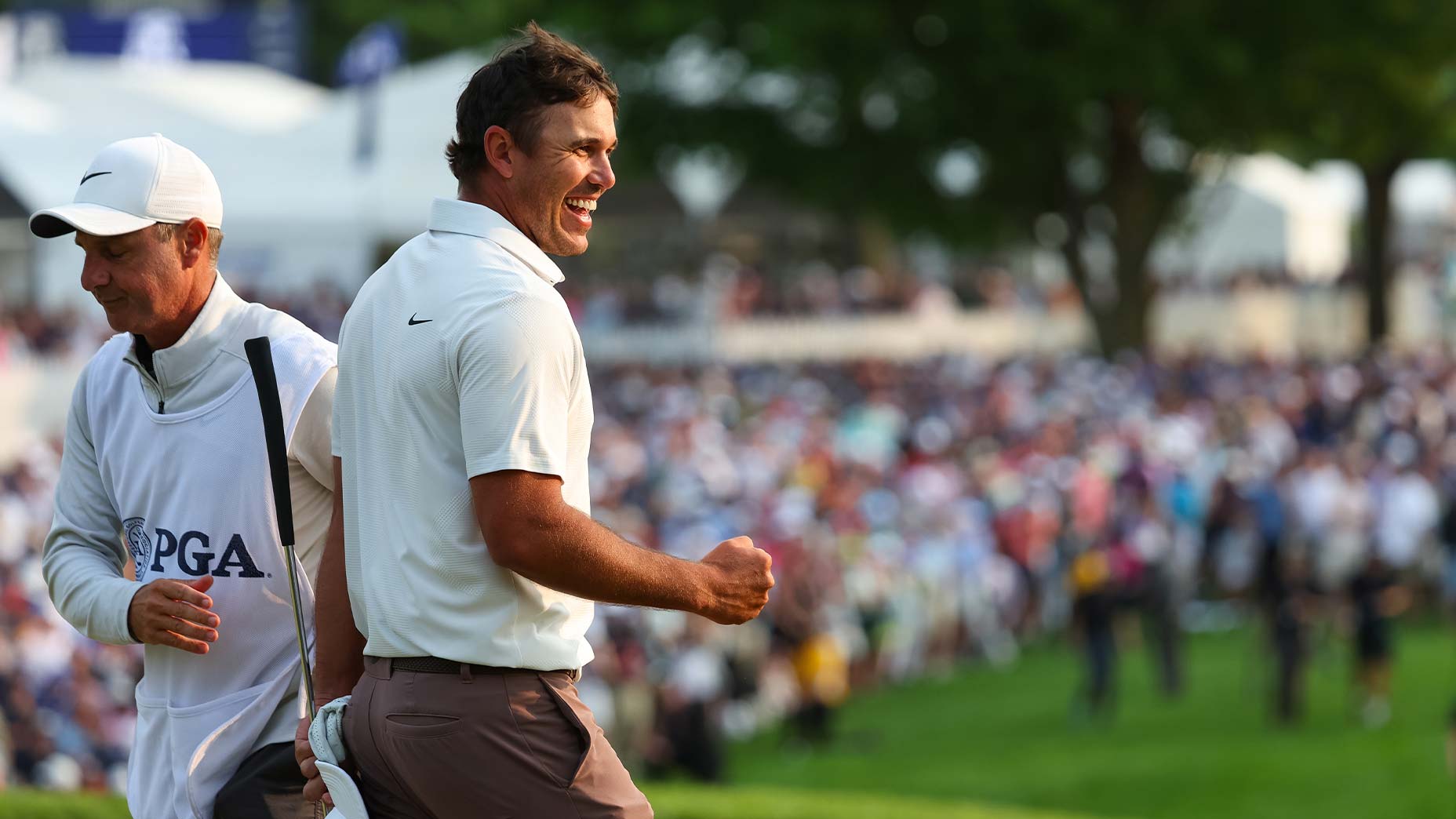As the world’s best prepare to take on Kiawah Island’s Ocean course at this week’s PGA Championship, there’s likely to be much discussion recalling just how hard the course played during its first stint as host, back in 2012. Rory McIlroy was the runaway winner at 11 under par, cruising to an eight-shot victory over David Lynn. Twenty players managed to get under par for the tournament. How hard could it be?
Cue Friday’s second round.
Doug Wade and Michael Frye are two players with intimate knowledge of the course’s near-legendary difficulty during Friday’s second round that year. They were among the 20 PGA professionals who earned their way into the the PGA Championship in 2012 by qualifying via the PGA Professional Championship. Kiawah marked the first major championship appearance for both Frye and Wade, and for Frye, it was particularly dramatic — he survived an eight-for-one playoff at the PGA Professional Championship to claim the final qualifying spot.
“I was just pumped to even get into the tournament, let alone do anything really great there,” Frye told me in a recent interview. “But then getting to Kiawah, I never played in a major, never played in a PGA Tour event. So it’s quite a stage to get your feet wet.”
In retrospect, “wet” is an understatement. The practice days leading up to the tournament were plagued by weather delays, with nearly an inch of rain falling prior to Friday’s second round. Frye and Wade — like many so-called “club-pro” competitors, and especially first-timers — approached the week without any real expectations when it came to their performances. It’s rare enough for a PGA professional to even make the cut at the PGA Championship, let alone contend. But Frye and Wade had solid competitive resumes, and intended to get as much as they could out of the experience.
Unfortunately, Mother Nature had other plans. While Thursday’s conditions were relatively benign, unrelenting wind made Friday’s round a savage one, with a scoring average of 78.11 — demolishing the previous PGA Championship record of 76.8, which was set at Llanerch Country Club in 1958. Lots of well-known names struggled. Matt Kuchar 82. Paul Casey 85. Ryan Palmer 86. Even McIlroy shot 75. Frye and Wade finished at the bottom of the leaderboard, firing a second-round 90 and 93, respectively.
“The course, without any wind, isn’t crazy difficult,” Frye said. “But as soon as that wind picks up, it’s a whole different golf course.”
For Frye, the trouble began right away, on his opening hole on Friday. “I hit a great tee shot on No. 10,” he said. “I was right in the middle of the fairway. I remember having a hybrid in my hands and looking at the shot. If I remember correctly, the pin was kind of the back-left corner, some part of the left side of the green. And No. 10 green and 17 at Kiawah is right over water, and a lot of spectators like to hang out right there. So I’m looking at my shot and trying to figure out where I’m going to aim this. Keep in mind that the wind’s blowing 30, 40 miles an hour from left to right and into me. And as I’m looking at where I’m going to have to aim this shot, it wasn’t too far away from where people were standing because of how windy it was. And that’s just something I’ve never even thought to think about.
“If [the wind is] going 40 miles an hour, you’re going to have to aim pretty far to the left or whatever it is,” Frye continued. “But you never even took into consideration that you’re going to be aiming at people and just trusting the ball’s not going to go there. And so with that particular shot, that’s kind of what set in motion me just spiraling that day. I looked at the shot, tried to commit to the shot. About halfway into my downswing, I didn’t commit to it. And I just blocked it as far right as you can ever imagine. And then the wind took it even further. And it was just an eye-opening experience, to say the least. But that was just the start of it.”
Frye triple-bogeyed his opening hole, and suffered four additional doubles — and a quad — before the round ended. But he did manage to find some positivity in the day.
“In the last six holes, I played even par to shoot a 90,” he said. “You just have to have your ball in the right place in the fairway. If you get in anywhere other than position A, you’re going to have a tough time. On top of the fact, if you’re playing the way I was, where you weren’t hitting it quite the way you’d like to, you’re just going to struggle.
“It was definitely the most difficult tournament I’ve ever played in for sure,” he concluded.
Wade endured a similar fate, carding two triples and four double-bogeys on Friday, en route to a score of 93.
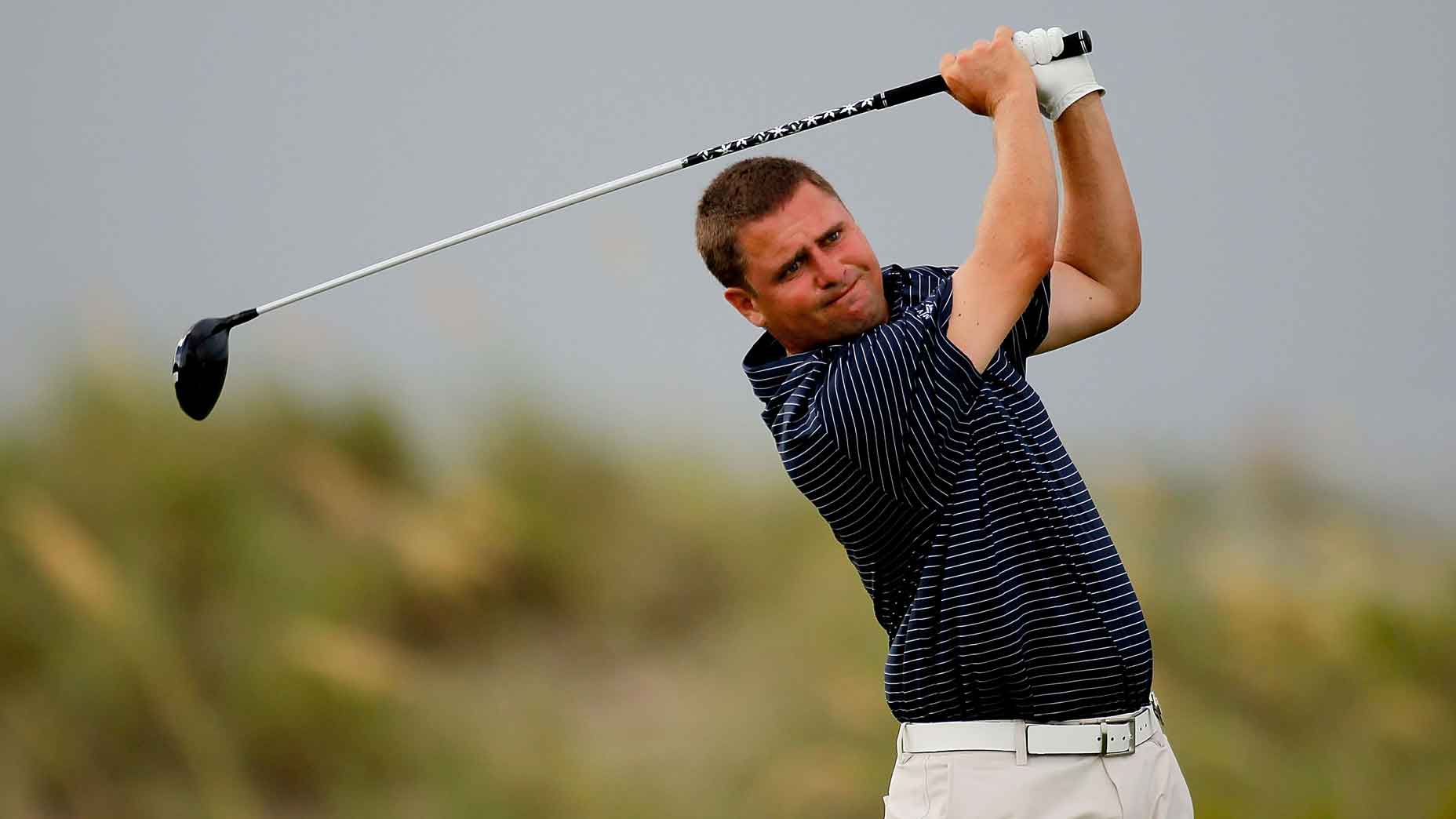
“What makes Kiawah so tough when the wind picks up is, what people don’t really see or understand unless you’ve played there is the greens are all kind of elevated,” Wade said. “When you miss the greens, [the balls] run down the slopes, and they end up almost on downslopes. So there’s little mounds. And so now you’re pitching off a downslope, typically to an elevated green, and up on the hillside, the grain is going to be rolling into you. So it’s very hard to do bump-and-runs or even putt it up the slopes, because your back into the grain. So now you’re stuck trying to hit flop shots. So when the wind’s not really high, you can hit a lot of the greens. The greens aren’t small. So you can hit the green. But when the wind kicks up, and it makes it that much more challenging to hit the greens, you’re left with these very tricky chip shots, and it just adds up quick.”
Anyone who plays the game knows how cruel it can be — especially competitive events. And for Frye and Wade, two PGA professionals hoping to display the best of their games at a major championship, the showing was admittedly not what they were hoping for.
“I think about it all the time,” Frye says of his 2012 performance. “And I have always tried to figure out what I could’ve done better or what I could’ve done differently and all that kind of stuff. But again, when I always think back, a lot of the stuff that I needed to do better was based on just getting more experience in that situation.”
For Wade, the psychological toll was unexpectedly deep.
“I’m not going to lie. For a few months after, it did kind of wear on me,” Wade said. “It still bothers me a little bit. Just because people don’t understand the challenge that day.”
To their credit, Frye and Wade persevered and signed their cards on Friday. Ultimately, they’re both grateful for the chance they had to compete at the game’s highest level, and are eager to earn their way back into the arena again.
“Relative to what everybody else was doing in the field, the score [I shot] was bad, but it wasn’t record-breaking bad,” Wade said. “It was just the hardest course in the world.”

